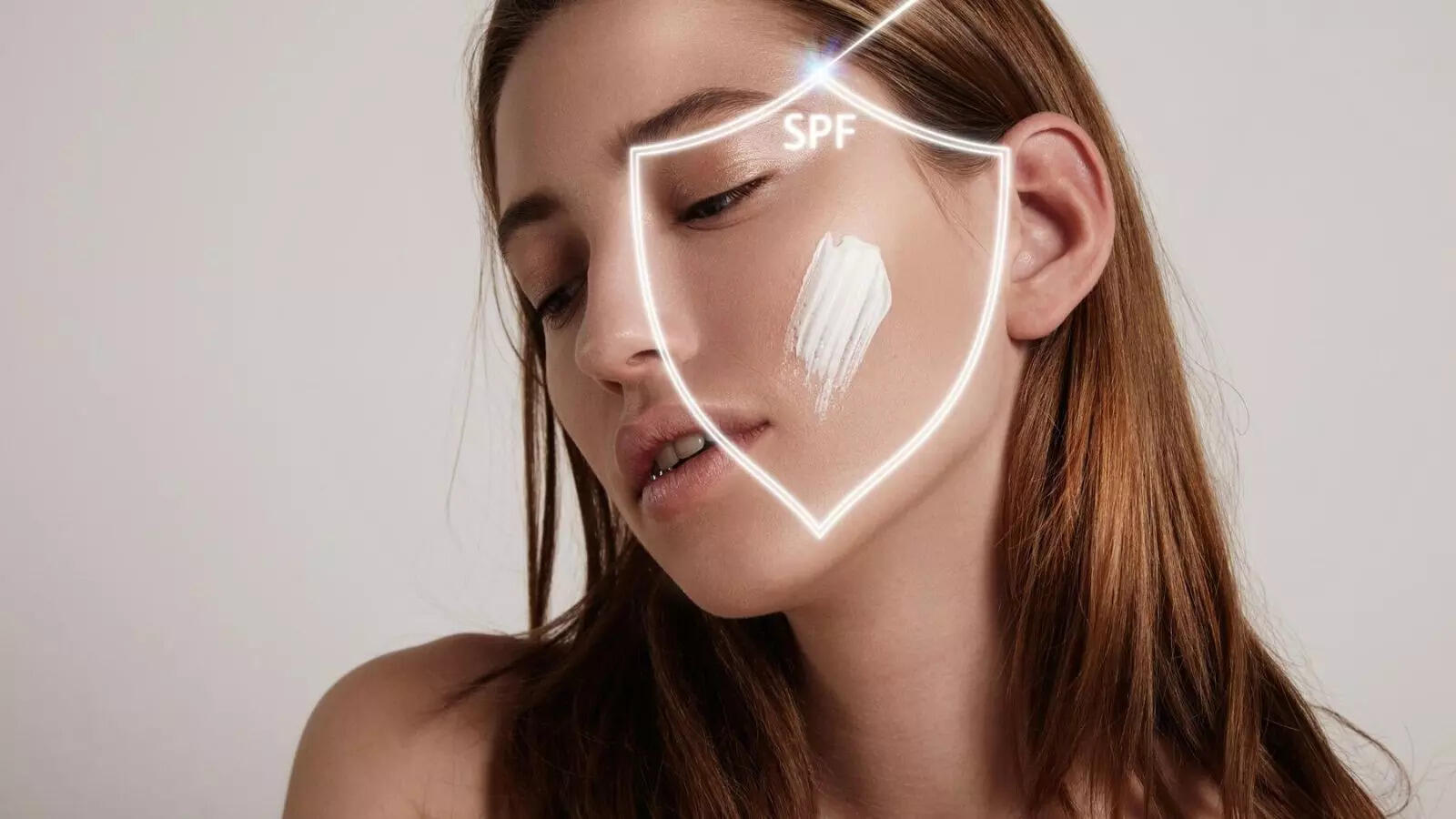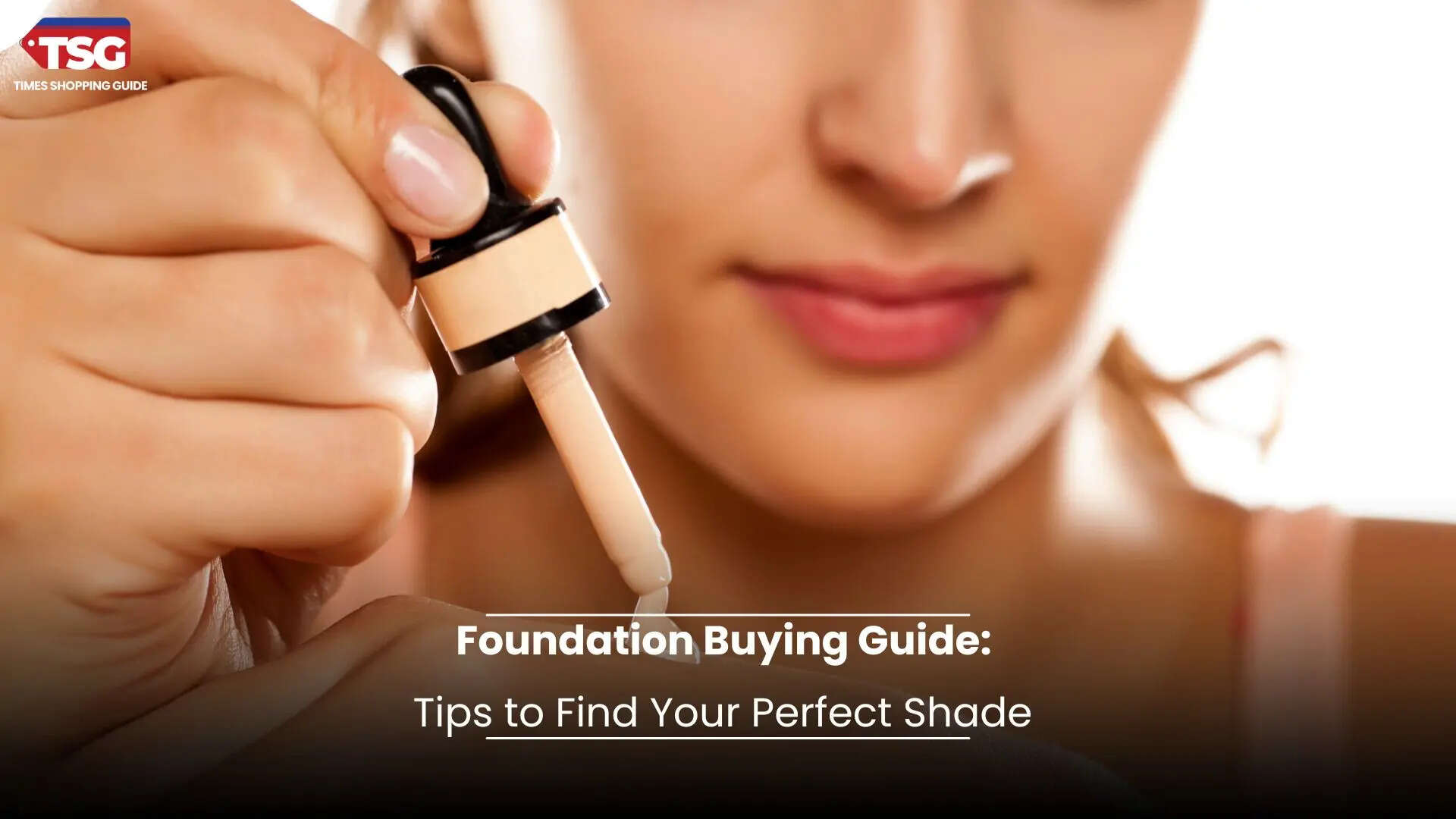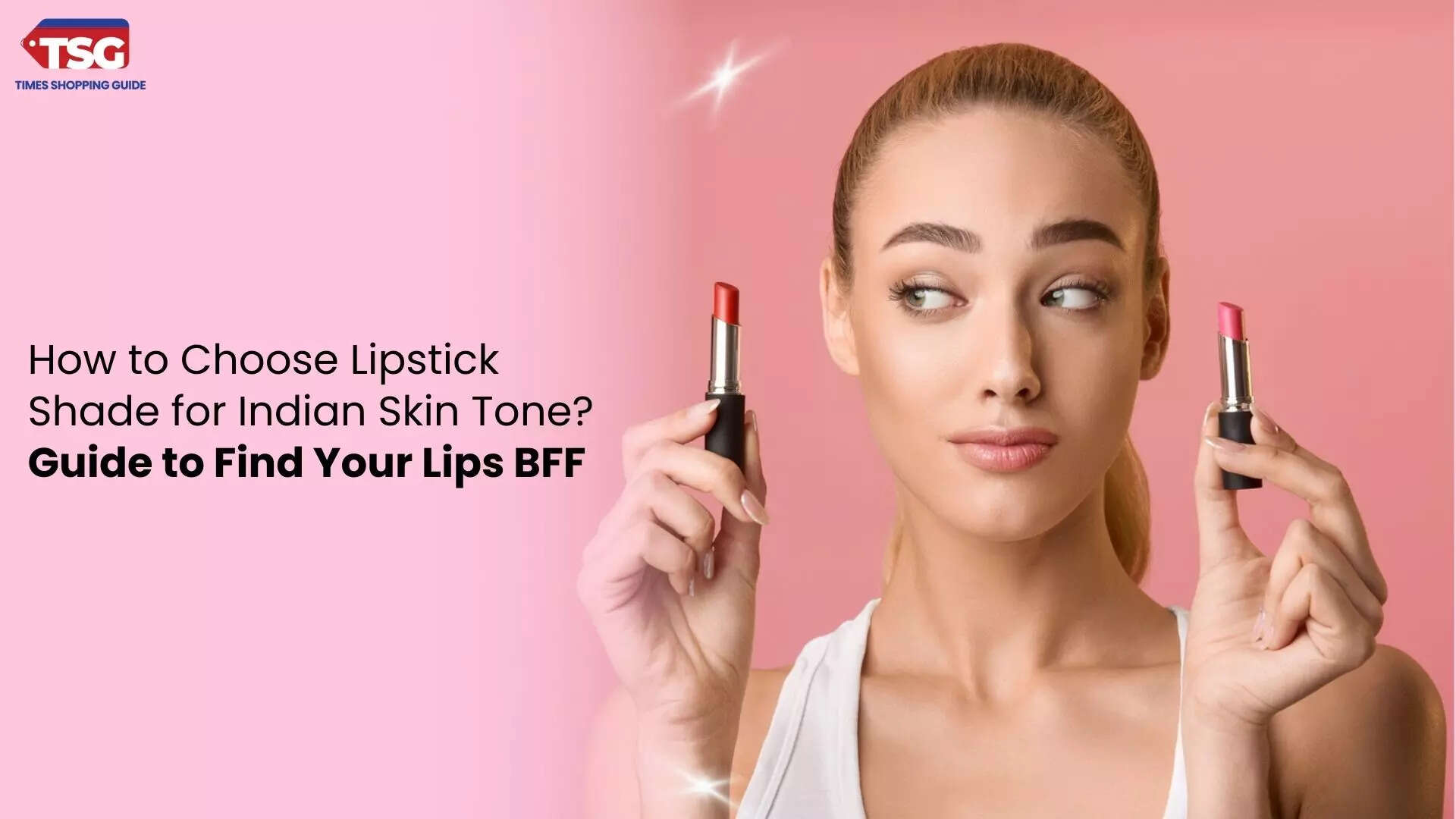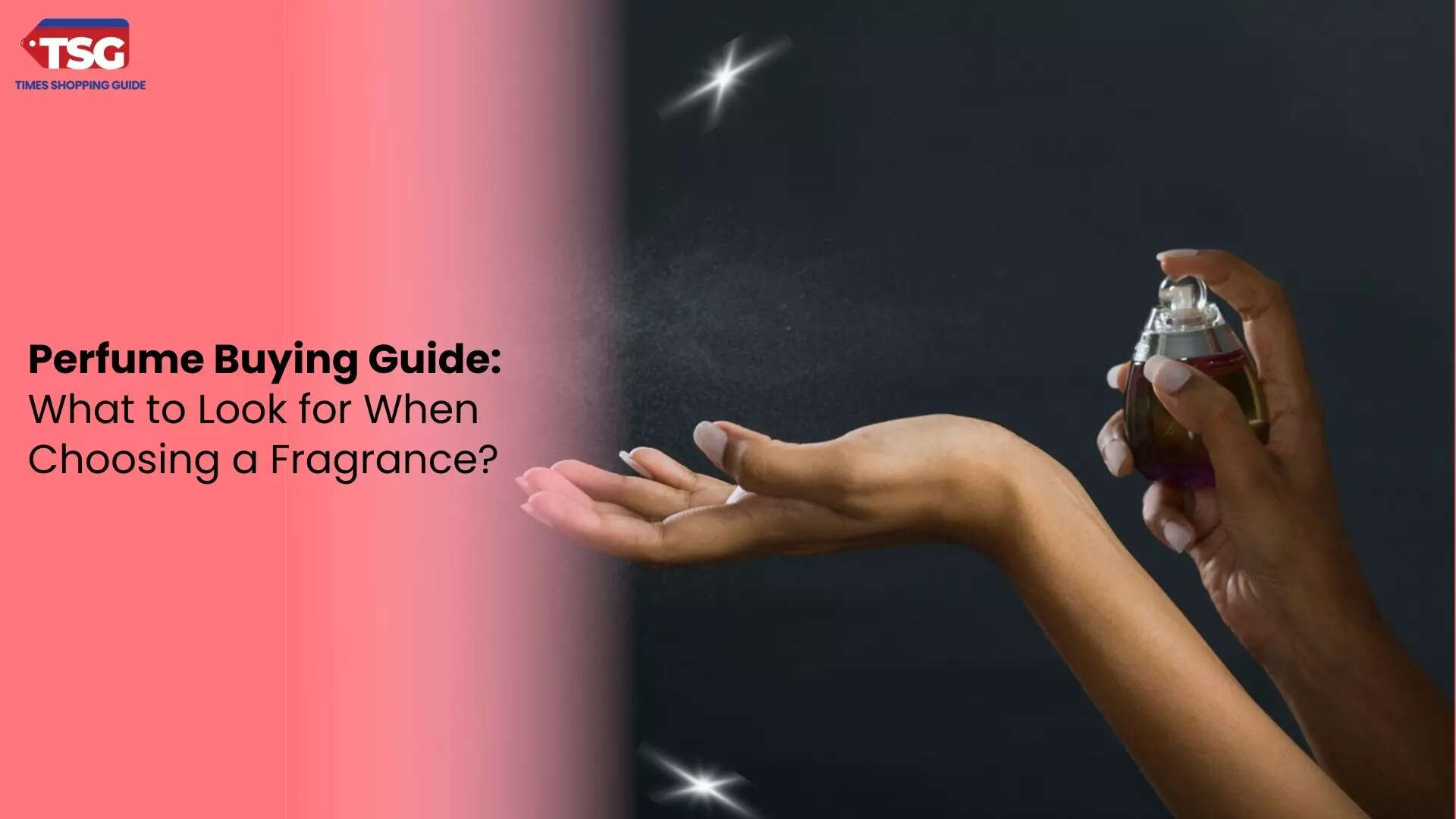- home
- beauty
- buying guides
- sunscreen buying guide a skincare heat wave essential
Sunscreen Buying Guide: A Skincare Heat Wave Essential
With temperatures hitting a half century around most parts of North India, it is important to keep your heat wave essentials close and your sunscreen with water bottle closer. Here is all that you need to know about sunscreen and how to pick up the right one for your skin type.

Today, wearing sunscreen has become the golden skincare rule. It is non-negotiable. Not just on a sunny day but on a cloudy and rainy one, too. Also when you are sitting inside your house working next to the big window and enjoying the glistening sunshine peek. All of this is because the harmful UVA and UVB rays from the sun can travel through clouds and glass too. Not just us, dermatologists, skin experts and science say it too!
The best sunscreen on the block helps protect your skin from the harmful UVA & UVB rays that the sun emits. Continuous exposure to UVB rays can lead to sunburn, tan, irritation, itching and skin burning. On the other hand, if you are exposed to UVA rays, you can incur early signs of ageing like wrinkles, and fine lines, along with hyperpigmentation and even skin cancer in some severe cases. This is why wearing sunscreen becomes scientifically important in order to take the best care of yourself.
And now comes the burning question, which sunscreen to pick? The answer to this is not that simple because skincare is always subjective and picking the perfect sunscreen for your skin type is more like a journey than a destination.
But don’t you worry. We will make you reach the final destination while telling you all about sunscreens along the way. Sit back and relax (maybe get some popcorn too), your skin is about to thank you for making the right decision.
First things first, it’s all ‘bout the ingredients!
Sunscreens come in 2 consumer categories in today’s market: Chemical sunscreens and Mineral Sunscreens. Debunking the myth here, we’d like to say that according to science, sunscreens aren’t “natural” or “organic.” From the point of chemistry and formulation, all sunscreens are made up of chemicals - the difference lies in the way they protect your skin.
Mineral sunscreens work like a shield. They create a barrier on the skin that helps deflect all types of UV rays before they can enter the skin. These are also called Physical sunscreens because they physically help in throwing back the UV rays without letting it enter the layers of your skin. These types of sunscreens are made up of Titanium Dioxide and Zinc Oxide, both of which can lead to an ashy leftover on the skin that takes time to blend into the skin. This is known as the oh-so-popular “white cast.”
Chemical sunscreens get absorbed into the skin and help in creating chemical reactions that would repel, aka, fight the UV rays. Such sunscreens consist of ingredients such as Chemical sunscreens contain ingredients such as Homosalate, Avobenzone, Octinoxate, Octocrylene, Oxybenzone and Octisalate. Given that these sunscreens get absorbed into the skin, they can make your skin feel greasy, heavy and oily too in some cases (if your skin is already oily).
Both sunscreens, however, protect you from UVA, UVB rays and other environmental stressors too. Both Mineral and Chemical sunscreens have their own pros and cons depending on the kind of formulation they carry.
In 2019, the FDA declared that there were 2 specific ingredients that were neither safe nor effective in sunscreens, namely, PABA and Trolamine Salicylate and were prohibited from use.
A couple other keywords in the sunscreen world include
- Water-resistant: This means that your sunscreen should stay put and work effectively even when you are in the water. Athletes and regular swimmers were only seen to prefer such sunscreens but increasingly it is becoming important for the ideal sunscreen to be water resistant because you wouldn’t want a drop of water slipping down your face to cause sunburn, right?
- Sweat resistant: With the temperature soaring through the roof every summer season (all thanks to global warming), sweat resistant sunscreens have become a must
Although in heavy sweat and during water activities the effectiveness and the protection time of sunscreens can change. Ideally a sunscreen should be able to provide 2-3 hours of protection while you are in water or working outdoors.
The SPF Story
SPF means Sun Protection Factor. This refers to the right amount of time a sunscreen can safeguard you while you stay out in the sun without facing sunburns as compared to if you weren’t wearing sunscreen at all. An SPF 30 would technically then mean that you can stay out in the sun 30 minutes longer while you are wearing this sunscreen on and not incur any sort of sunburn or sun tan. SPF 30 is a must now given the climate and the kind of harsh scorching heat summers we are facing currently. Also, with the temperatures crossing 50 degree celsius, even SPF 30 doesn’t really make the cut. An SPF 50 is what should be present in your bag at any time as reapplication also becomes a must. Anything beyond SPF 50 is said to provide the same kind of protection as the UV rays are already effectively blocked by SPF 50. SPF 15 is said to block 92% of UV rays, SPF 30 95% of UV rays and SPF 50 is said to block 97% of UV rays. SPF 70, 90 & 100, provide the same kind of protection ranging between 97% to 98%. Sunscreens aren’t able to protect you from 100% UV rays. Also, this protection highly depends on the environment, exposure and reapplication.
One needs to pay attention to the sunscreen bottle as well. It needs to be switched at least once a year because after that it loses its efficacy.
The best sunscreen for YOU
A sunscreen is supposed to feel light and nice on the skin and protect you from UV rays. Protection is a must, because that’s the reason for you wearing sunscreen in the first place and then comes the feel good part. An essential rule of sunscreen is to feel light on your skin because this step is a must-have in any routine and you won’t be able to wear a sticky, heavy sunscreen for long, let alone go for reapplication. Thus, sunscreen should always feel lightweight on your skin.
And one of the biggest obstacles that come in the way is finding the right sunscreen - that provides enough protection, doesn’t weigh the skin down and feel light enough on the skin. While mineral sunscreens are said to leave a chalky residue, aka, a white cast, chemical sunscreens are said to be oily and make your face look dull. Both of these factors become big problems for those with darker complexions and oily skin types. And when it comes to dry skin types, finding the perfectly nourishing sunscreen is also a pain. Combination skin types would have a different trouble story to tell.
Every brand and every formulation is built keeping a specific skin concern in mind while having the base clear - to provide utmost sun protection. Recently a lot of brands are coming up with outstanding formulations for every skin type that protects your skin from the sun and it effects. We have some of the best sunscreens in the market today from brands like Aqualogica, Dot & Key, Conscious Chemist and many more. Along with this, as people are moving towards the trends of K-beauty, they are also trying out Korean sunscreen formulations and falling in love with the same. With some makeup infused sunscreen cocktails on the block, it has now become easier than ever to wear and reapply sunscreen without a hitch, and keep yourself protected throughout the day.
Choosing the perfect sunscreen also depends on the kind of lifestyle you prefer. You should be tailoring your SPF according to these three factors:
- Geographical location: Consider factors like temperature, UV index, humidity in your area when choosing the best sunscreen for face
- Time spent outdoors: How much time do you spend outdoors and how comfortable you are with carrying your sunscreen with you everywhere you go?
- Activity level: Choose your sunscreen based on the kind of activity you are performing throughout the day. If you are into sports, then a water resistant and sweat resitsant sunscreen is your best pick
The right way to sunscreen
Once you have the best sunscreen by your side, the process is still not over. Now you need to know how to use it to maximize the protection and keep yourself covered from the harsh effects of sweet sunshine. The first question that comes is - how much Sunscreen is enough? The answer to this question depends on several factors, included but not limited to, your body size, how much area of the skin is exposed to sunlight, and the type of sunscreen you are using. However, a general rule for applying sunscreen on the face is to use the 3 finger rule, wherein you squeeze out a thin line of sunscreen on three of your fingers and apply gently on your skin. For body sunscreen, you can take about a shot glass full of sunscreen to cover your entire body. This includes your arms, leg, back and torso.
Pro tip: Whenever you are applying sunscreen on your face, take it down to your neck too. Take out enough sunscreen to apply on your neck, the back of your neck and cover your ears too. Don’t rub the sunscreen in between your palms before applying it on your face. This will make you lose the product unnecessarily. Generously tap in a thin film of sunscreen and then rub it in.
Another important factor is to reapply your sunscreen every 2 hours if you are exposed to the sun (through a window also counts here). Or if you are sweating heavily or under water, then reapply after you finish the said activity. Make sure to cover all the exposed areas and not leave out any blind spots.
Importance of daily sunscreen usage
One of the biggest questions surrounding the usage of sunscreen is ‘Does one need to wear sunscreen everyday?’ And the answer is always YES. Whether it is sunny or cloudy or even if you are working indoors sitting next to the giant window, you need to wear sunscreen. This is because UV rays are present in the atmosphere 365 days a year. And this makes Sunscreen a non-negotiable product in your everyday routine. Whilst it is not that imperative to wear sunscreen on unexposed areas of the body, it is very important to apply sunscreen on your face, neck, hands, forearms, back of the next and ears and other often-exposed body parts as well in order to prevent sun damage and sun tan.
And why is it so important to wear sunscreen daily? Here’s why:
- Anti-ageing benefits: Wearing sunscreen blocks out UVA rays and thus slows down premature signs of aging that otherwise cause early onset of wrinkles, fine lines, crow’s feet, and age spots as well
- Even skin tone: Sunscreen helps minimize age spots and dark spots, thus promoting an even skin tone in return
- Collagen support function: With minimized exposure to sun, wearing sunscreen everyday keeps the skin elastic and firm for longer
- Reduces irritation: Thanks to the UVB protection function of sunscreen that it helps protect against sun-induced irritation, sunburn and sun tan, keeping the skin safe and sound.
- Maintains overall skin health and suppleness
FAQs
How should I choose my sunscreen?
You should choose a sunscreen with broad-spectrum protection, SPF 30 or higher. It should be water and sweat resistant while being a good one for all skin types. Also check the sunscreen for non-comedogenic, lightweight formulas and other specific needs like lifestyle, sensitivity, and activity level.
Which SPF is good for skin 30 or 50?
SPF 30 is said to protect 97% UVB rays while SPF 50 blocks about 98% UVB rays. Both SPF 30 & 50 provide high protection but SPF 50 is a little bit better and provides slightly more protection. This selection also depends on the kind of lifestyle you live. Also, reapply the sunscreen every 2 hours in order to keep yourself protected.
What is the 3 finger rule sunscreen?
The 3 finger sunscreen rule refers to an application process that involves using the optimal quantity of sunscreen to cover the exposed areas and this is represented by three fingers - Index, Middle and Ring. This ensures that your sunscreen is providing adequate coverage and protection. Apply a generous amount of sunscreen all over the exposed areas of the skin. This is only a rough estimate.
Disclaimer: Times Shopping Guide is committed to bringing you the latest products from the best brands. Our selection is based on market research and positive consumer feedback. Times Shopping Guide is also a part of an affiliate partnership. In line with this, we may receive a portion of the revenue from your purchases. Please note that the product prices are subject to change based on the retailer's deals.








